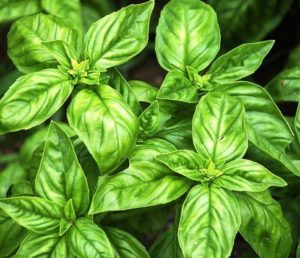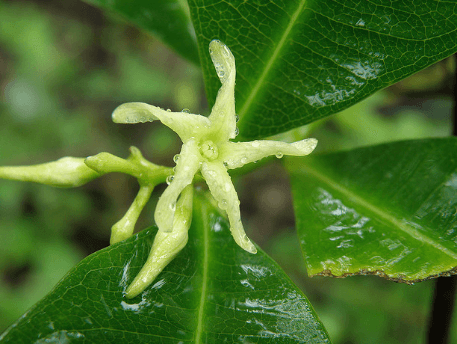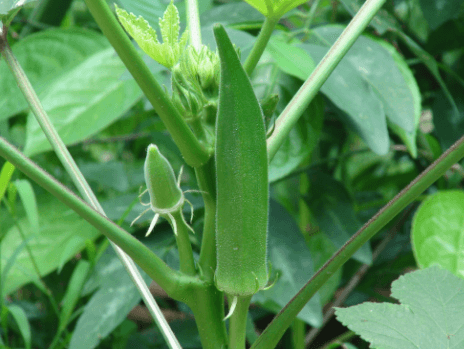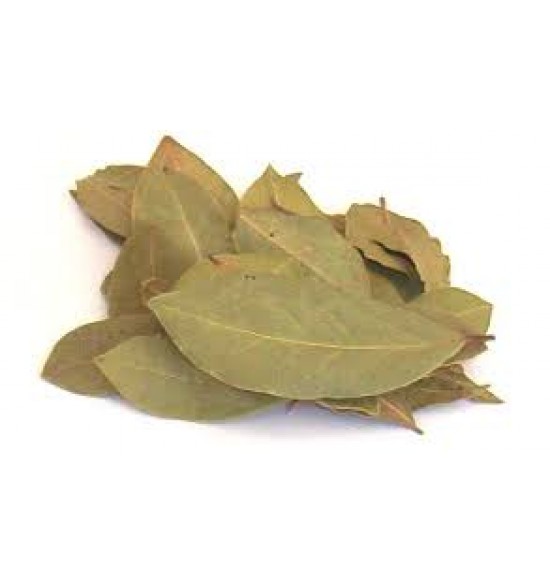Basil-(Ocimum basilicum) Labiatae Annul

Basil, together with French tarragon, is one of the most highly regarded culinary herbs. It is propagated by sowing seeds in late spring or early summer. An earlier sowing will often end in disappointment, for a late cold snap will kill the tender new plants overnight. All of the many varieties prefer a sunny, sheltered position in light to sandy, well- drained soil. Sweet basil (Ocimum basilicm) grows to 75cm (2 ½ ft) while bush basil (O minimum ), which is denser and more compact in form, only reaches a height of 30 cm (12 inches). These two varieties have white flowers, which should be discouraged from blooming too soon. This is easily done by pinching out the centres of the plant which will promote bushy, branching stems and prolong the use of the leaves. If and prolong the use of the leaves. If basil is allowed to go its own way, it will send up flower stems too quickly and become spindly and will not be of much use a s a culinary herb.
In companion planting, basil grown with tomatoes help to repel the dreaded white fly which attacks this vegetable. Do not plant basil near rue as they are not compatible and will inhibit each other’s growth.
Both sweet and bush basil seeds and seedlings are easily obtained from most nurseries and are the most traditional for culinary purposes. There is highly ornamental basil (O. dark opal) with purple – magenta foliage, and when the attractive pale pink blooms are in flower they are constantly surrounded by bees. The perfume of the leaves and flowers is very pronounced, the leaf being coarser in texture than green basil; however springs of this basil used as a garnish, and some of the basils encountered lately, and which are put out by specialist seeds men, are licorice basil , lemon basil, green bouquet basil, cinnamon basil , piccolo basil , sacred basil, tree basil , camphor basil and perennial basil. Camphor basil is recommended as a perennial (perhaps not in areas winters) and its dried leaves make an excellent moth repellent. The aroma smells exactly like camphor. Tree coarse with a typical basil perfume; it has reddish stems and grows to variety that should be used raw, but chopped finely it is excellent for dishes that require slow cooking. It can be added with other ingredients at the beginning.
Basil is surrounded by folklore that goes back thousands of years. It was known to the ancient Egyptians, Greeks and Romans. The different types of basil seem to have originated in various countries, among them being India, Japan, and Java, Malaysia and of course the Mediterranean countries.
Culpeper says it is “An herb of Mars and under the Scorpion. And therefore called Basilicon …..
Uses:
Culinary- Wherever this delectable herb is grown it is used in countless ways in the preparation of food. It is the main ingredient in the delicious Italian sauce pestou and the French soupe au pistou. It goes well with tomatoes, either cooked or raw. The finely chopped leaves can be sprinkled over cooked, buttered vegetables and it can be added to vegetable soups during the last half hour of cooking. Mix the chopped leaves with cream cheese as a sandwich filling, or as a party dip. Left whole, the leaves enliven a mixed green salad and it is traditionally used green salad and it is traditionally used in pasta dishes, as is oregano.
Medicinal – Basil has many therapeutic qualities. It aids the digestion and helps to expel flatulence. It has also been sued as a herbal remedy for the brain, heart, and lungs”, and diseases of the kidneys and bladder. It has also been used for some nervous disorders (see the chapter on Herb Teas) in India it is sacred to the gods Krishna and Vishnu, and is regarded as a herb fit for a king.
The dried, powdered leaves are made into a snuff which is used to relive nervous headaches.






